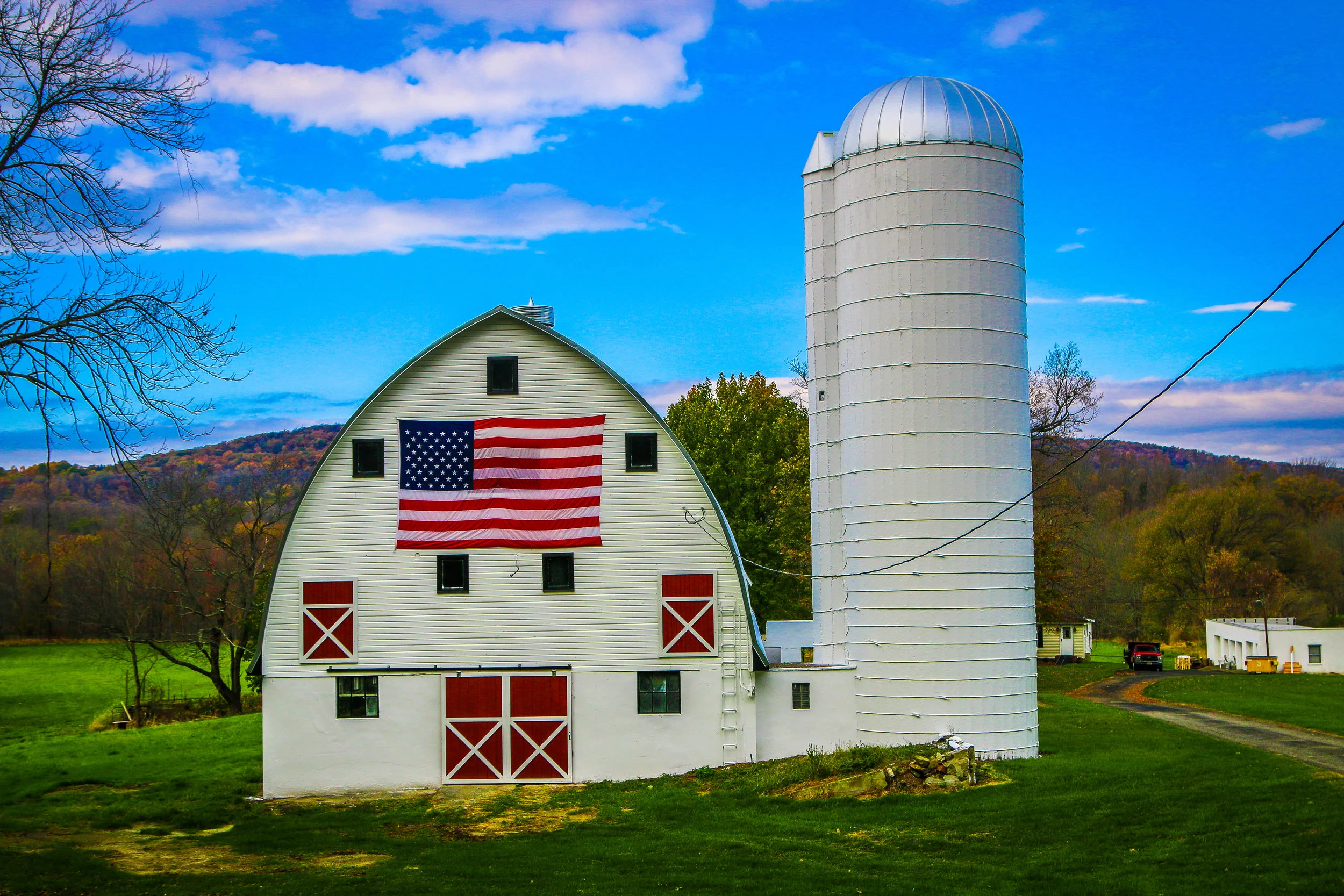I had an amazing week in the Florida Keys, exploring the parks, pubs and restaurants that make the Keys so great. I’ve been coming to the Keys since I was in high school and they’ve always held a special place in my heart. They’re America, but not. The Keys are like a little slice of the Caribbean, right over the bridge. While last week I wrote up my ultimate Keys Pub Crawl (which you can read HERE), some people have been asking for more ideas and suggestions on the Keys. So I thought I would jot down some of my favorites to help you navigate through the islands and find some really top spots along the way.
Beaches
Many people are surprised to find out there aren’t many great beaches in the Keys. The islands are generally surrounded by mangroves so the sand beaches are mostly man-made. That isn’t to say there aren’t some great beaches along the strand, but you do need to know where to find them…
It isn’t easy getting to Dry Tortugas National Park, but it is definitely worth it. Located just under 70 miles from Key West, you either need to take a boat or a plane to visit the park, but once you arrive, you can’t help but love the isolation. The Spanish, under Ponce de Leon, gave the islands the name Tortugas (Spanish for “turtles”) because of the abundance of this important food source in the area. The British called them the Dry Tortugas to indicate there was no fresh water to be found there. More recently, it became the site of Fort Jefferson and an important lighthouse which helped guide ships making their way through the channel into the Gulf of Mexico. It may seem like a strange place for a fort, but it is at the very end of Florida’s massive barrier reef, which is the third longest barrier reef in the world. Big ships have to come this far south to get around the bottom of the state. The United States started building this fort just a few years after buying Florida from Spain in order to protect the important shipping lane connecting the Mississippi River to the world.
During the Civil War, the fort remained in Union hands, and helped enforce the embargo on the Confederate southern coast. After the Civil War, the fort was used as a prison, Its most famous inmate was Dr. Samuel Mudd, the doctor who had treated John Wilkes Booth after he assassinated Abraham Lincoln. After a yellow fever outbreak in which Dr. Mudd helped treat the sick, he earned a pardon from President Andrew Johnson. The fort would once again serve a military purpose during the Spanish/American War in 1898, and had served as a resupply point for the U.S.S. Maine before her fateful voyage to Cuba. Franklin Roosevelt designated Fort Jefferson National Monument in 1935, and the entire area was re-designated as Dry Tortugas National Park in 1992.



